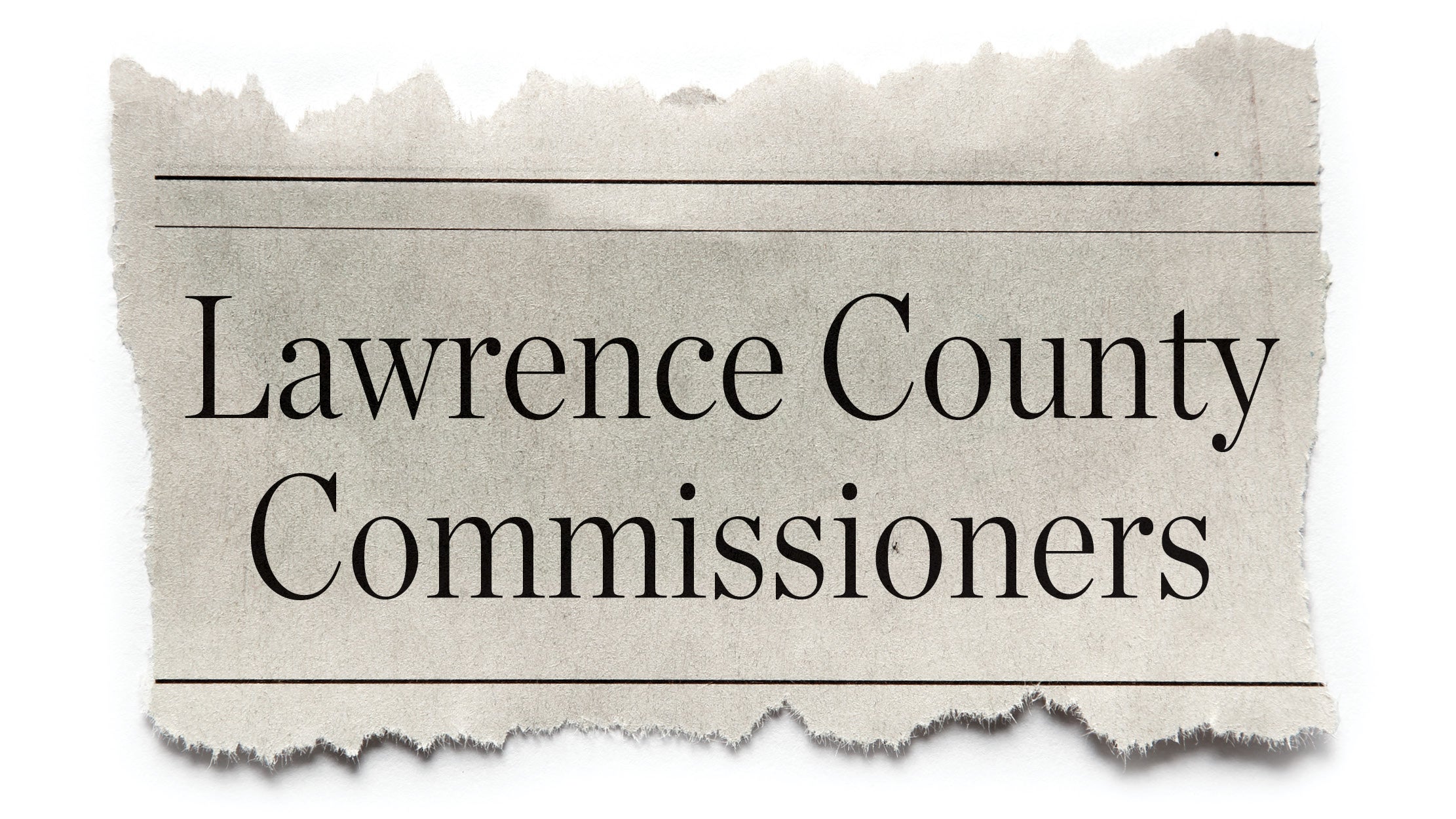FUNDRAISING vs. FUNDING
Published 12:05 am Sunday, April 5, 2009
IRONTON — It is never good to hear the dribble of water inside a building, unless the sound is echoing from a sink in the restroom.
Unfortunately, the sounds of a leaky roof are part of the experience when stepping inside the long-disused Ro-Na Theatre in Ironton.
Along with the leaks and pockets of sunshine that invade though a broken patchwork of roofing, the Ro-Na also offers a musky smell of mildew, a shroud of uncomfortable chill and the sight of rotted and fallen plaster.
Opening in 1949, the once-glorious Ro-Na is part of a generation of vaudeville houses and movie palaces throughout the state that have fallen on hard times in recent decades. At its peak, it was named one of Ohio’s “finest theatres.”
Desperately in need of new owners with a fresh vision and pockets deep enough to finance repairs, the Ro-Na was donated to the city of Ironton in early 2008 with the intention of returning the landmark back to its younger years.
Since taking control of the theatre 14 months ago, sporadic efforts have been made by the city towards its rehabilitation. In July, Ironton City Council initiated a volunteer effort in cleaning and removing trash and waste from the building.
Two months later, the Tri-State Building and Construction Trades Council donated time and equipment toward clearing additional debris from the theatre.
Like rehabilitation, fundraising has been intermittent as well.
To date $30,000, from only two sources, has been generated towards the project in need of hundreds of thousands of dollars for repairs and restoration.
The Ironton Port Authority donated $25,000 as part of the Honeywell property transfer and just last month $5,000 was donated by Ironton-based Industrial Sanitation and brothers Robert and David Slagel.
But despite donations of time and capital, the Ro-Na sits on a precarious perch overlooking its South Third Street location.
Does the city of Ironton continue to sit on the property, watching it deteriorate even further until sufficient resources and donations arrive or do they protect their asset now by using some of their own capital to shore up desperately needed items like the roof which, if repaired, could cease further interior damage?
Fundraise or fund? The rehabilitation of the Ro-Na is at a major crossroads.
Now or later?
Consensus between the administration, city council, engineers and even the recently formed Ro-Na steering committee is unanimous.
They all agree that for every additional day, week or month the interior of the Ro-Na sits exposed to the elements, the likelihood of further damage, vandalism and additional costs in the theatre’s restoration increases.
Further, all groups concur that tackling and shoring up the roof is the most pressing priority awaiting the Ro-Na. Early estimates have reconstruction of the roof coming in at around $140,000.
However, with only $30,000 raised, can the Ro-Na wait out enough time for an additional $110,000 to be raised before putting attentions towards the roof?
Most of city council and newly formed Ro-Na Steering Committee do not think so and believe the city needs to act as a stop gap and protect its asset right now.
“The goal is to develop methods which to garner money for the Ro-Na,” councilman Kevin Waldo told council on March 26 when explaining the purpose of the steering committee.
The steering committee, which had it first meeting last month, is comprised of a wide variety of civic and business leaders.
Protecting the Ro-Na as an asset is what councilman Mike Lutz thinks the city should place a priority on.
“From my perspective, there is value in saving the building,” Lutz said. “We’ve got to secure the building to stop further deterioration.”
“Currently the building has zero value. By putting a roof on, the value will increase from zero to something,” Lutz added.
And Lutz might see that happen.
On Monday, city council’s finance committee will meet to discuss moving enough money from its Debt Retirement Sinking Fund to pay for the roof.
A sinking fund is an account the city can use to make improvements to specific assets not covered in other budgets. The fund acquires money through the sale of city assets — mostly property. A sinking fund is not funding from any type of citizen tax dollars.
City records show the fund had $303,000 at the beginning of 2009. The account was tapped into already this year for emergency funding toward the Memorial Hall restoration.
Further, the city, last week, published invitations for official bids for the Ro-Na roof. Within the bid, the city listed the possible cost at $140,000.
The deed to the Ro-Na was transferred to the city in February 2008. Besides the theater, three storefronts that bookend the theatre were also part of the package.
Since being used as an auto parts store, the roof had decayed and rain had damaged metal shelves, old paper records, auto parts, appliances and other items that were left in the building.
Currently, the theatre is awaiting asbestos removal before anyone can redesign and reconstruct the roof that is need of major repairs.
Engineers have said that, other than the roof, the 60-year-old building is in good structural condition.





